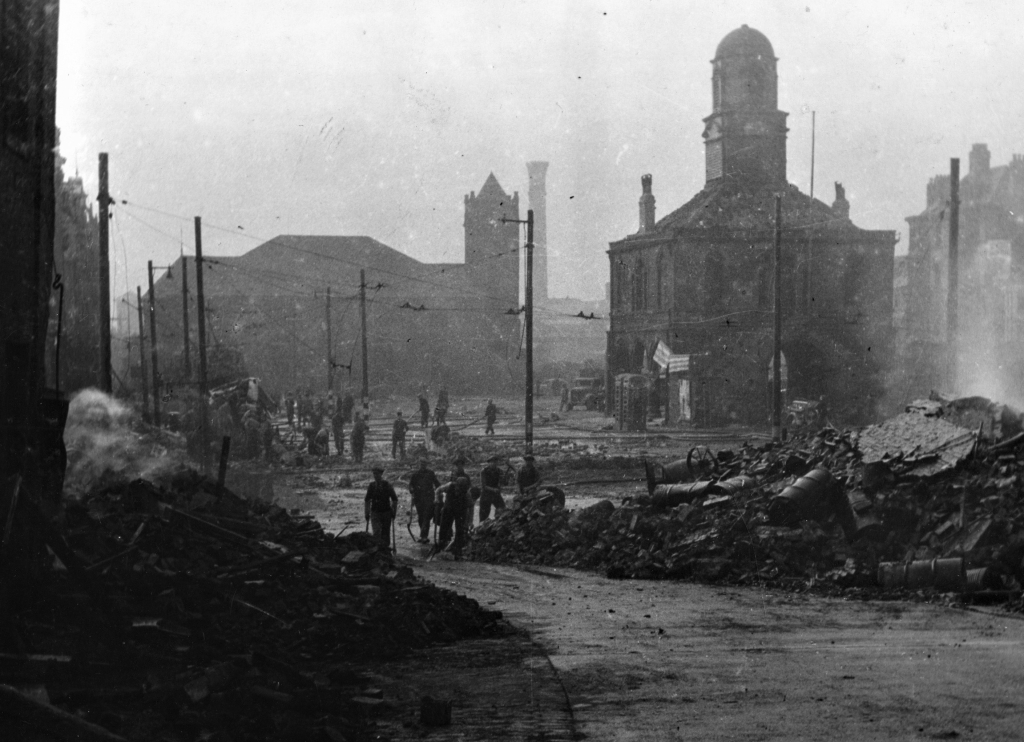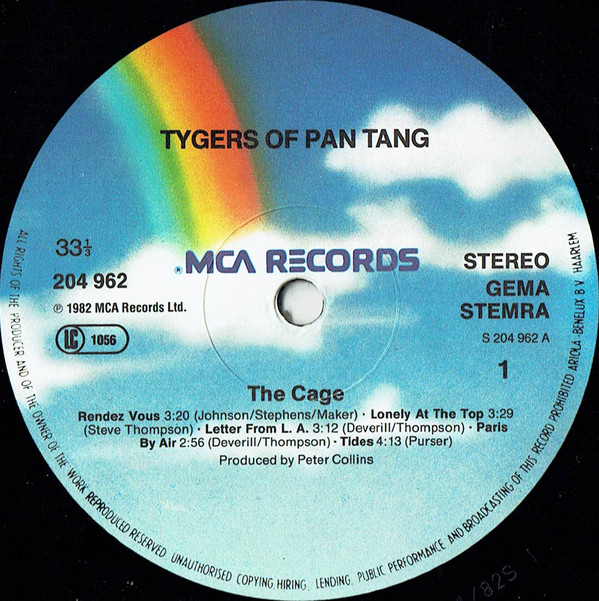In 2016 when researching in South Shields Library about Historian and Photographer Amy Flagg (1893-1965), along with her photographs of damage to the town by German air attacks during the Second World War, there was a number of personal scrapbooks full of the towns history and genealogy of families in the borough.
Also included was ‘Air Raids on South Shields’, the typed notes and diary entries were a record of official statistics of enemy attacks since the first bomb dropped in 1940.
Miss Flagg also recorded incidents in the surrounding areas including Jarrow. Detail from Tyneside newspapers and maps have been added to some entries.

Friday, 25th/Saturday, 26th April 1941:
On Saturday morning German radio claimed the main attack of the previous night’s raid was on the Sunderland Flying Boat Works at Sunderland. In fact this was another bungled raid by the Luftwaffe, as no bombs fell there.
Home Security could only deduce that inexperienced crews were being used. They felt the large number of parachute mines exploding on Tyneside was believed explained by a strong to gale force NE wind which had blown them inland during sea mining operations.
22.08pm Five injured. Incendiary bombs fell on the Old Granary near Jarrow Staithes and at Hebburn. Fires were started but were quickly controlled. A parachute mine fell at Primrose – no damage. Another fell near the Old Staithes causing damage to houses and shops.
In great detail Miss Flagg describes this large scale attack on 10th April 1941.
23.30 – 03.00am High explosives fell on Station Street and Sheldon Street, Jarrow. Houses were destroyed and suffered a death roll of twenty-four, seven members of one family being wiped out, nine people were seriously injured and nineteen slightly injured.
A Roman Catholic Priest died from shock. A police constable was slightly injured by an incendiary bomb.
Fires were started at the Petroleum Installation at Jarrow, Jarrow Tube Works and at Mercantile Dry Dock but were quickly subdued.
High explosives fell on a colliery railway line leading to Jarrow Staithes, on a coal depot at Jarrow Railway Station and on the A185 near to Old Church, Jarrow, where the road was blocked and gas and water mains damaged.

Published reports in Tyneside newspapers:
Tuesday, 2nd July 1940:
Newcastle and Jarrow were attacked during the late afternoon. The damage was considerable. A single German Dornier bomber passed over Blaydon, shot down a balloon and dropped bombs on Newcastle and Jarrow.
Fourteen dead and 120 injured in Jarrow. Three high explosives dropped in streets. Four houses and six flats demolished, six houses and thirty flats damaged. School partly collapsed.
Three domestic shelters and five others damaged. Four or five streets were affected but most casualties occurred in Princess Street, a search of the debris for trapped victims went on throughout the night, firemen, ARP workers and others working in relays.
It was announced that the August Bank Holiday is to be cancelled.
Monday, 7th /Tuesday 8th April 1941:
‘HMS Manchester’, waiting in Jarrow Slake to convoy the new aircraft carrier ‘Illustrious’, may have been the objective of the two disastrous raids this week; but it proved quite ineffective so far as naval vessels were concerned, no hit being scored on either.
Considerable damage, however, resulted along the riverside from Tyne Docks to the oil tanks, as well as other parts of the town.
Immediately after the ‘Alert’, enemy aircraft became very active and there was an intense barrage from ground defences. At 23.45, 4 high explosive bombs dropped on Henry Wilson’s Timber Yard, Tyne Dock, Clayton and Armstrong’s Timber Yard, Tyne Dock, the Anglo Iron Foundry, Tyne Dock and a dwelling house and shop in Porchester Street.
Friday, 6th June 1941:
At 15.00 an enemy aircraft dropped one 500kg bomb, 20 yards West of the LNER railway line at East Jarrow. Two pigs and a number of hens were killed by blast. No other damage or casualties were reported.

Monday, 29th/Tuesday, 30th December 1941:
Two high explosives – damage to Primrose Hospital windows.
Single high explosive fell, believed to be a 1000kg, in a field 100yds East of the Pontop – Jarrow railway causing damage to a signal box, Wardens’ Post, overhead colliery electricity cables and a seed drill.
A smaller bomb also fell in this vicinity. An UXB or aircraft shell went through the roof of a house and penetrated the soft ground under the floorboards.
Thursday, 30th April/Friday, 1st May 1942:
Explosive incendiary bombs were dropped. A hut adjoining the Jarrow Tube Works was set on fire and a woman was slightly injured. No damage to the Tube works but an electricity pylon 500 yards NW of Boldon Railway Station was short circuited.
A single high explosive was believed to be dropped in the River Tyne about 50 yards from Hawthorn Leslies Shipyard and was suspected of being unexploded.
Link to Amy Flagg’s war photographs on the excellent South Tyneside History website.
https://southtynesidehistory.co.uk/
Link to Amy Flagg documentary film ‘Westoe Rose’.
Alikivi April 2021





















